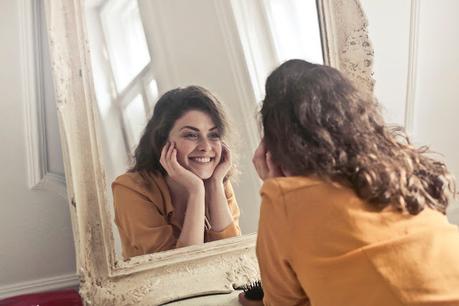
The pursuit of the perfect silhouette. For some, it's gym memberships, counting calories and the occasional crash diet. For others, it's the search for the 'magic button'—a treatment that can effortlessly etch away love handles, muffin tops, or other stubborn pockets of fat that refuse to budge.
One solution that has gained increasing attention and credibility is CoolSculpting, an aesthetic procedure that promises to quite literally 'freeze' your fat away. But is this more than just another beauty fad? And more importantly, is it right for you?
What is CoolSculpting and Does it Work?
CoolSculpting is an FDA-approved, non-invasive body sculpting procedure designed to selectively target and destroy fat cells without damaging the skin or underlying tissue. Developed by a team of scientists, it utilises a technique known as cryolipolysis to freeze and kill adipose cells (fancy terminology for fat cells, mind you).
Sounds like a science fiction novel, doesn't it? But it's backed by research and has been making waves not just in London but worldwide, notably in the glitzy avenues of Hollywood where looking good is practically a career requirement. If you've been searching for "fat freezing near me" or contemplating "cool sculpting," you're in for a cold but rewarding adventure.
Who is it Suitable For?
CoolSculpting isn't the Holy Grail for everyone seeking a leaner physique. It's most effective for individuals who are already relatively fit but struggle with stubborn areas that don't seem to improve despite diet and exercise. It's not a substitute for a healthy lifestyle, and it's certainly not a one-size-fits-all quick fix.
The Procedure and the Science Behind It
On the day of the treatment, a gel pad and applicator are applied to the targeted area. The CoolSculpting machine then draws the bulge up between two cooling panels. While it may sound uncomfortable, it's generally well-tolerated and involves minimal discomfort.
Here comes the science bit: the cold temperature triggers apoptosis in the fat cells, essentially instructing them to self-destruct. Over the following weeks, the body naturally metabolises these dead cells and eliminates them. No knives, no anaesthesia, and typically, no downtime. Magic, right? Well, science, actually.
The Benefits
Besides the allure of finally getting rid of those pesky bulges, CoolSculpting offers several other benefits:
Non-invasive: No incisions or anaesthesia required.
Quick Procedure: Sessions typically last from 35 minutes to an hour.
Natural-looking Results: Gradual fat reduction over several weeks mimics the natural process of weight loss.
Minimal Downtime: Most people can return to regular activities immediately.
Side Effects and Recovery
Every rose has its thorns, and CoolSculpting is no exception. While generally safe, it can cause temporary redness, swelling, bruising, and skin sensitivity in the treated area. However, these usually resolve within a few weeks. Recovery is relatively straightforward, and most people return to their normal activities right after the session.
The Celebrity Endorsement
We can't talk about CoolSculpting without mentioning its popularity among the Hollywood elite. From A-listers to influencers, the red carpet is practically a runway for CoolSculpting results. But, let's face it, while celebrity endorsements can be persuasive, they shouldn't be the sole reason to choose any aesthetic treatment. After all, what works for a Hollywood star with an army of personal trainers might not yield the same results for the average Joe or Jane.
Consultation: Your First Step
If you're contemplating CoolSculpting, it's essential to consult an experienced provider. Pulse Light Clinic, for instance, offers a wide range of cutting-edge laser machines and has significant experience in the aesthetic industry. A thorough consultation can help determine if this treatment aligns with your body goals and lifestyle.
CoolSculpting offers a promising solution for body sculpting. It's science-backed, minimally invasive, and has a track record of success. However, it's essential to approach it with realistic expectations and seek advice from trusted professionals. After all, even magic (or, in this case, science) has its limitations.
If you enjoy my blog, please consider following me on Bloglovin'
